Are there waterproof handheld RFID readers designed for outdoor use?
544Discover the best waterproof handheld RFID readers for outdoor use. Compare IP ratings, durability, and UHF performance for construction, agriculture, and logistics.
MoreAll RFID Product
As garment manufacturing and retail become increasingly efficient, traditional barcode labels can no longer meet the needs for fast inventory, accurate tracking, and smart recommendations. RFID (Radio Frequency Identification) technology, with its advantages of contactless and batch reading, is quietly redefining the functionality of clothing tags. By embedding micro RFID chips, garments can not only be identified and recorded but also gain data communication and intelligent management capabilities.
An RFID system mainly consists of tags, readers, and middleware. Clothing tags are typically passive, activated by electromagnetic waves emitted from the reader which then reflect back information. Different frequency bands (such as UHF, HF) adapt to varying reading distances and data transmission rates, with UHF RFID especially suitable for retail and laundry tracking.
Currently, RFID tags in clothing are embedded in three common ways:
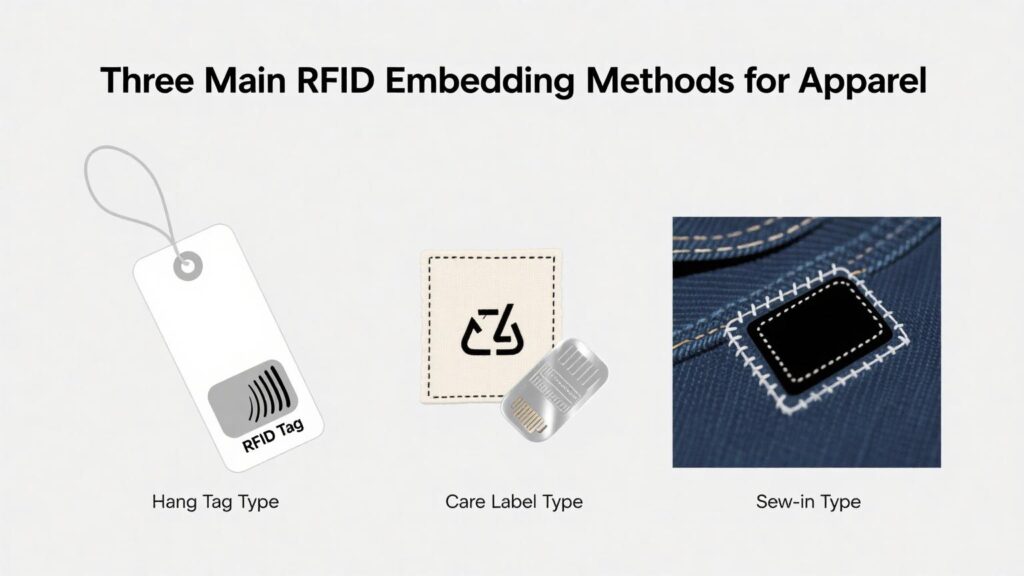
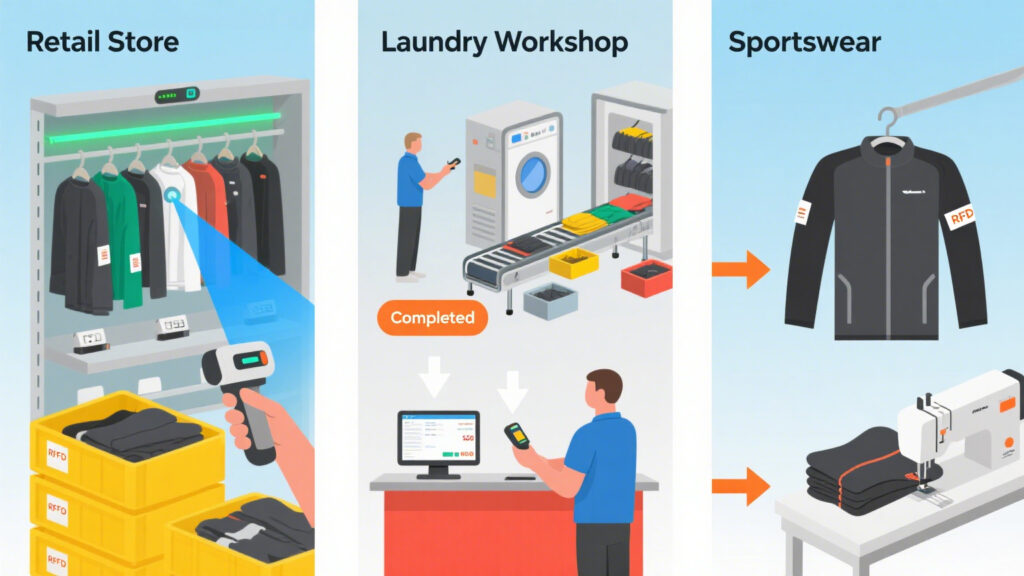
Despite proven value, RFID clothing tags face several challenges in implementation:
With the development of flexible circuits, washable materials, and flexible packaging technology, RFID tags are evolving towards thinner, recyclable, and environmentally friendly designs. Future trends include:
RFID is redefining the meaning of “tags”: no longer merely an accessory to goods, but a key node in digital management. From retail operations to smart wearables, RFID clothing tags are driving the entire apparel industry towards information-driven and data-closed loops. For enterprises, understanding RFID principles and deployment methods will lay a solid foundation for future competitiveness.
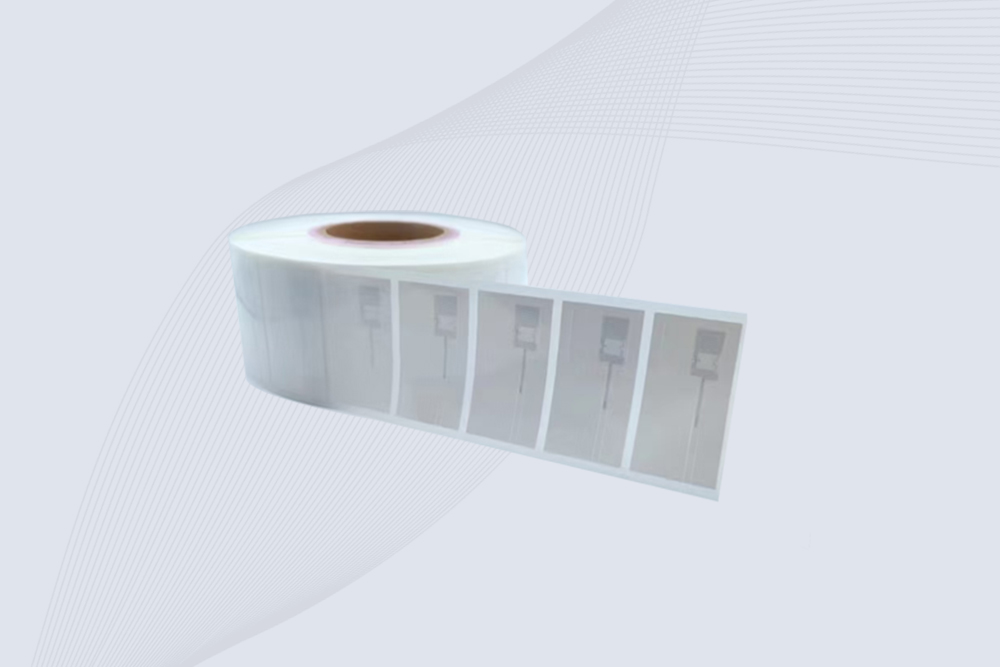
Cykeo CK-BQ6826 Jewelry uhf rfid tag features NXP UCODE 9, 8m read range on metal, and anti-counterfeit security for luxury assets.

Cykeo CK-BQ8554HF HF rfid cards feature FM1108 chip, 100K write cycles, and customizable printing for access control systems.
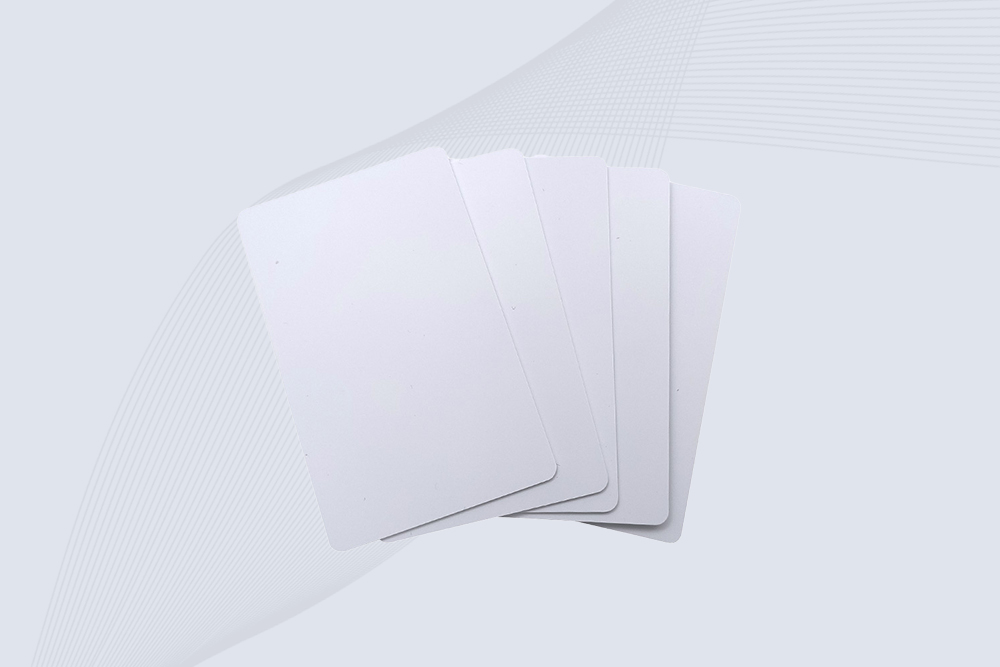
Cykeo CK-BQ8554UHF uhf rfid card features U9 chip, 100K write cycles, and CR80 size for access control/inventory management.
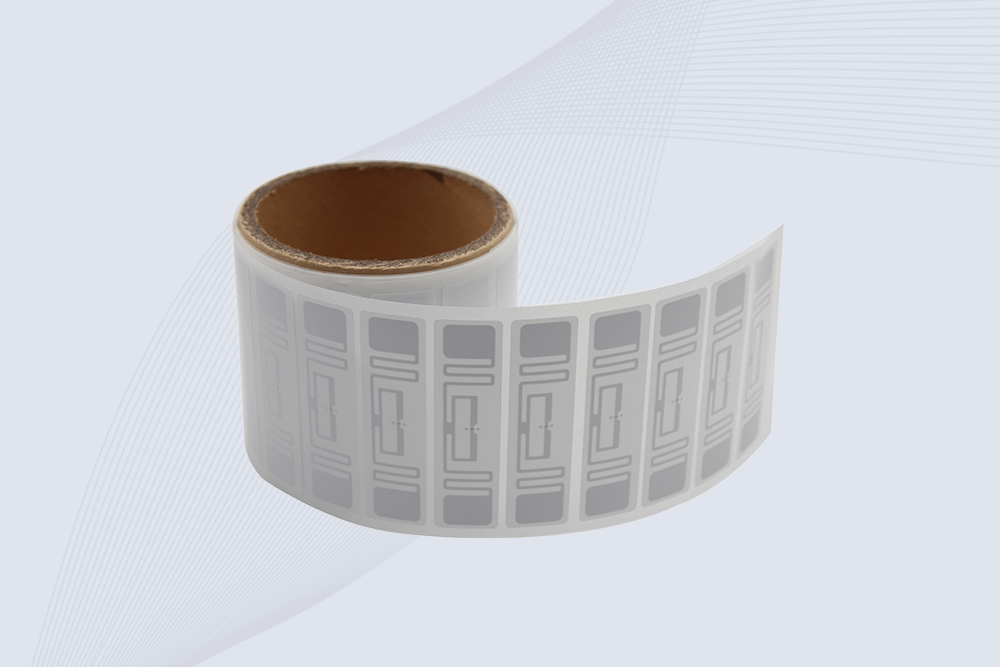
Cykeo CK-BQ7320 UHF RFID asset tag features aluminum-etched antenna, 10-year data retention, and -40°C to +85°C operation for industrial tracking. ISO/IEC 18000-6C compliant with 128-bit EPC memory.
Discover the best waterproof handheld RFID readers for outdoor use. Compare IP ratings, durability, and UHF performance for construction, agriculture, and logistics.
MoreDiscover how energy-efficient RFID antennas reduce IoT power consumption by 40–60%. Extend battery life, cut costs, and meet sustainability goals.
MoreUnderstand the differences between UHF and HF handheld RFID readers. Compare range, applications, costs, and choose the right technology for logistics, healthcare, or retail.
MoreDiscover how a major retail chain reduced stockouts by 40% using RFID for real-time inventory tracking. Learn actionable strategies to apply in your stores.
More